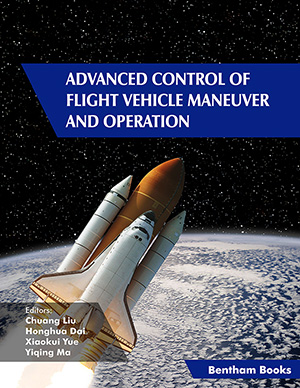Abstract
A new fatigue lifing approach has been developed by the DSTO for high performance metallic airframe structures. This approach is based on years of inspection and analysis of fatigue cracks in many airframe components and specimens, and is now an important additional method of determining fatigue lives for aircraft in the Royal Australian Air Force fleet. Like the earlier Damage Tolerance approach developed by the United States Air Force, the DSTO approach assumes that fatigue cracking begins as soon as an aircraft enters service. However, there are major and fundamental differences. The Damage Tolerance approach specifies a "standard" set of initial crack/flaw sizes based on Non-Destructive Inspection capabilities, and the important period of early (short) crack growth is estimated from back-extrapolation of long crack growth data. On the other hand, the DSTO approach uses initial crack/flaw sizes representative of small, fatigue-initiating discontinuities in the materials and structural components, and the crack growth lives are estimated from actual data for short-to-long cracks growing from these discontinuities. Furthermore, these data, particularly for lead cracks, are characterized by exponential crack growth behaviour. Owing to this general characteristic, the DSTO approach can use growth data for the lead crack to provide reasonable lower-bound estimates of component crack growth lives. Scatter factors based on engineering judgement are then applied to these estimates to determine the maximum allowable service life.

















